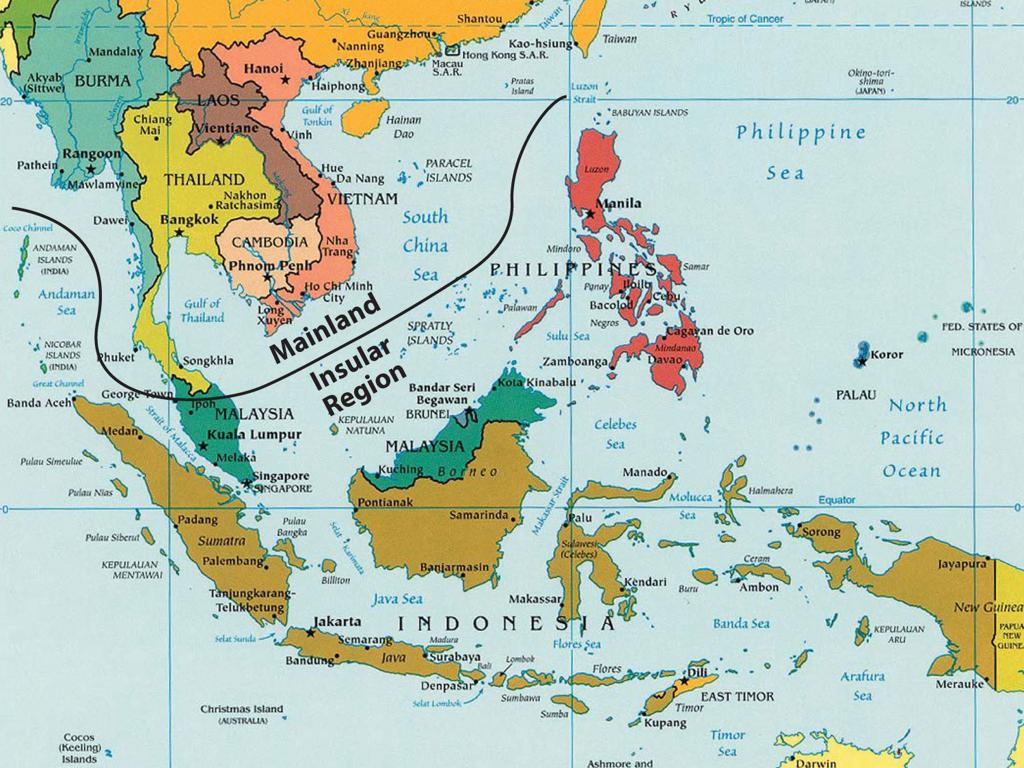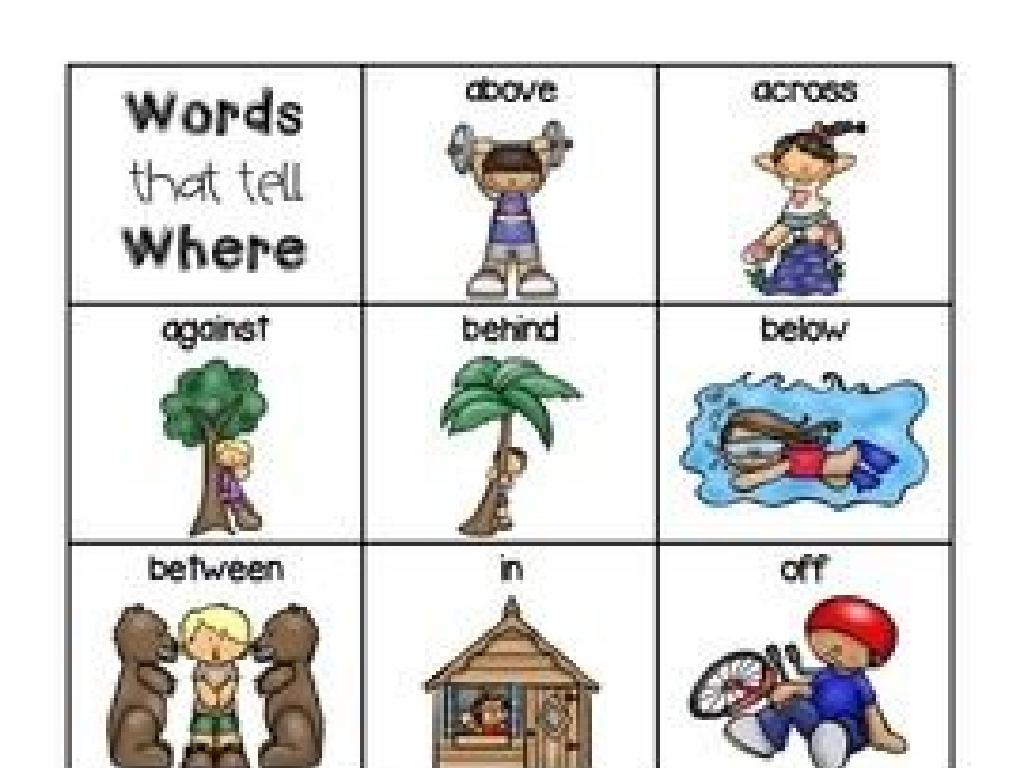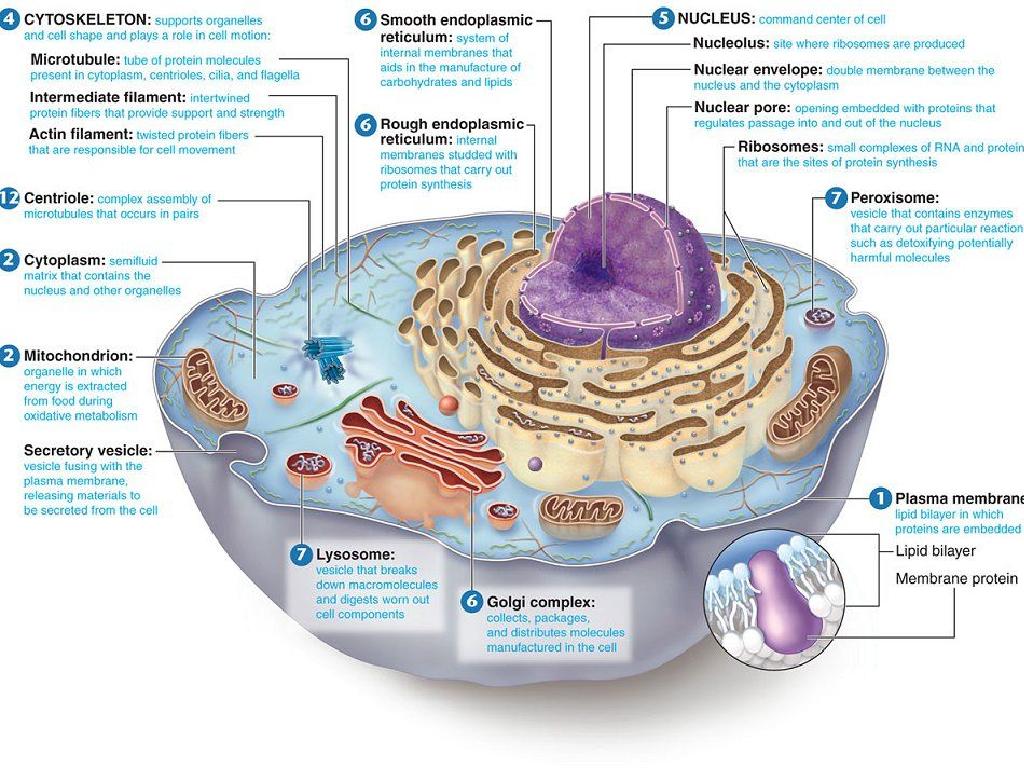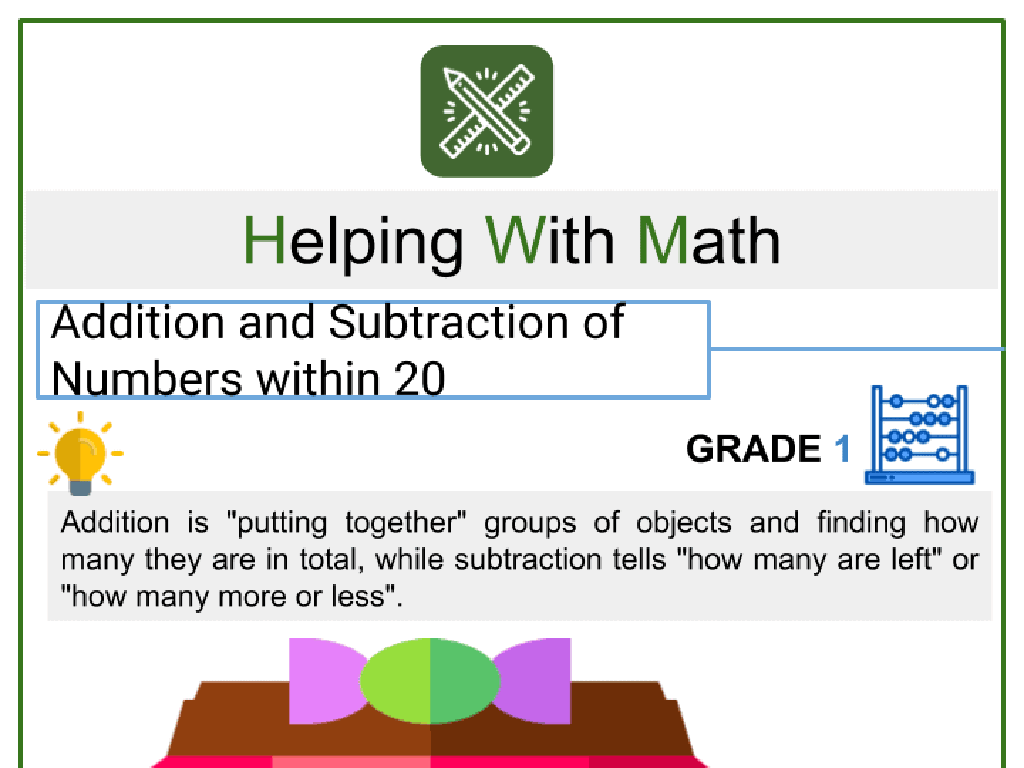Identify And Select Countries Of Oceania
Subject: Social studies
Grade: Eighth grade
Topic: Oceania: Geography
Please LOG IN to download the presentation. Access is available to registered users only.
View More Content
Exploring Oceania: A Geographic Journey
– Unveiling Oceania’s geography
– A vast region with diverse landscapes, including Australia, New Zealand, and Pacific islands.
– Oceania’s global significance
– Strategic location, rich cultures, and unique biodiversity.
– Today’s focus: Oceania’s nations
– Learn to locate and name the countries spread across the Pacific Ocean.
– Engaging with the Pacific realm
|
This slide introduces students to the geography of Oceania, emphasizing its diversity and importance on the global stage. Oceania is not just a group of islands but a region with significant cultural, strategic, and ecological value. Today’s lesson will focus on identifying and selecting the various countries that make up Oceania, from the well-known Australia and New Zealand to the myriad of smaller island nations. Encourage students to think about how the geography of an area can influence its culture and importance in the world. The lesson will include map work and discussions on the physical and political geography of the region.
Exploring Oceania: A Diverse Region
– Oceania defined as a region
– A vast region spanning the Pacific Ocean with thousands of islands.
– Cultural and natural diversity
– Home to a mosaic of indigenous cultures and rich ecosystems.
– Major geographical subregions
– Australasia, Melanesia, Micronesia, and Polynesia each have unique characteristics.
– Significance in global geography
|
Oceania is a geographical region that includes Australasia, Melanesia, Micronesia, and Polynesia, encompassing thousands of islands in the Pacific Ocean. It’s known for its diverse cultures, languages, and natural beauty, ranging from the Australian Outback to the tropical islands of Fiji and the cultural heritage of the Maori in New Zealand. When discussing Oceania, emphasize the distinct features of each subregion: Australasia’s modern economies and natural wonders, Melanesia’s cultural diversity and volcanic islands, Micronesia’s coral atolls and maritime traditions, and Polynesia’s expansive island groups and navigational history. This slide aims to provide students with a foundational understanding of Oceania’s role in global geography and its rich cultural and natural landscapes.
Countries of Oceania
– Major countries: Australia, NZ, PNG, Fiji
– Australia is the largest, while others have unique features
– Explore smaller island nations
– Many are known for their biodiversity and unique cultures
– Understand territories’ status
– Territories may have different governance from nations
– Cultural and geographical diversity
|
This slide aims to introduce students to the countries of Oceania, with a focus on the major nations such as Australia, New Zealand, Papua New Guinea, and Fiji, as well as an exploration of the smaller island nations and territories. Emphasize the vast cultural and geographical diversity within Oceania, from the deserts of Australia to the tropical islands of Fiji. Discuss the status of various territories, some of which are self-governing while others are administered by larger countries. Encourage students to research one country or territory in-depth to appreciate the unique characteristics and contributions of these nations to global culture and ecology.
Exploring Oceania’s Geography
– Major landforms in Oceania
– Oceania features diverse landscapes, including Australia’s Outback and New Zealand’s mountains.
– The Great Barrier Reef
– A natural wonder, the Great Barrier Reef is the world’s largest coral reef system.
– Climate of Oceania
– Oceania’s climate varies from tropical in the Pacific Islands to arid in Australia.
– Environmental challenges
– Issues include climate change impacts and habitat loss affecting biodiversity.
|
This slide aims to provide an overview of the physical geography of Oceania, highlighting its major landforms, bodies of water, and natural wonders like the Great Barrier Reef. Emphasize the diversity of the region’s landscapes and climates, from the vast deserts of Australia to the lush, tropical islands of the Pacific. Discuss the environmental challenges facing Oceania, including the effects of climate change on sea levels and weather patterns, as well as the threat to the unique ecosystems found within the region. Encourage students to think critically about the relationship between these geographical features and the lives of the people who inhabit Oceania.
Cultural and Political Geography of Oceania
– Oceania’s cultural diversity
– Home to over 1,000 languages and various traditions.
– Political structure overview
– Consists of independent states, territories, and dependencies.
– Economic activities in Oceania
– Tourism, agriculture, and mining are key economic drivers.
– Oceania’s natural resources
– Rich in resources like timber, fish, and precious metals.
|
This slide aims to provide students with an understanding of the cultural and political geography of Oceania. Emphasize the region’s rich cultural diversity, with a multitude of languages and traditions stemming from its many islands. Discuss the political organization of Oceania, highlighting the differences between independent states, territories, and dependencies. Explore the main economic activities such as tourism, which capitalizes on the region’s natural beauty, agriculture which includes farming and fishing, and mining for resources. Lastly, touch upon the natural resources found in Oceania, including timber, fish, and precious metals like gold and silver. Encourage students to research specific examples of each point to deepen their understanding.
Interactive Map Exploration of Oceania
– Explore Oceania with digital tools
– Identify countries on the map
– Select countries to learn more
– Discover fun facts about each
– For example, did you know that Fiji has over 300 islands?
|
This slide is designed to engage students in an interactive digital exploration of Oceania’s geography. Provide students with access to digital maps where they can click on different countries to learn more about them. Encourage them to identify and select countries within Oceania, and as they do so, share interesting facts about each country to pique their curiosity. For instance, you can mention that Samoa is known for its ‘fa’a Samoa’ way of life, or that Papua New Guinea has more than 800 languages. This activity will help students become familiar with the geography of Oceania and learn about the diverse cultures and characteristics of its countries. Prepare a list of fun facts for each country to ensure a smooth and informative session.
Class Activity: Explore Oceania!
– Form small research groups
– Select an Oceanian country
– Research geography and culture
– Look into physical features, climate, and cultural practices
– Create a country presentation
– Include maps, images, and fun facts in your presentation
|
This activity is designed to foster teamwork and enhance research skills as students delve into the geography and culture of Oceania. Divide the class into groups of 3-4. Each group will choose a different country from Oceania to research. They should focus on the country’s physical geography, climate, cultural practices, and any unique or interesting facts. Encourage the use of various resources such as the internet, library books, and documentaries. Provide guidelines on creating engaging presentations, including the use of visual aids like maps and images. Possible countries for research include Australia, New Zealand, Fiji, Samoa, and Papua New Guinea. Each group will present their findings in the next class, allowing students to learn from each other about the diverse countries within Oceania.
Oceania: Geography Recap & Looking Ahead
– Review Oceania’s countries
– Geography’s role in global education
– Understanding geography helps us appreciate cultural & environmental diversity.
– The significance of Oceania
– Oceania has a unique and diverse cultural history, impacting the global community.
– Next lesson: Oceania’s history
|
As we conclude today’s lesson, it’s important to recap the countries of Oceania that we’ve identified. This helps to reinforce the students’ knowledge and understanding of the region’s geography. Emphasize the importance of geography in global education, as it allows students to appreciate the diversity and interconnectedness of the world. Highlight Oceania’s significance in terms of its cultural and environmental contributions. Looking ahead, prepare the students for the next lesson where they will explore the rich history of Oceania, delving into the past events that have shaped the present-day cultures and nations within this vast and varied region.






